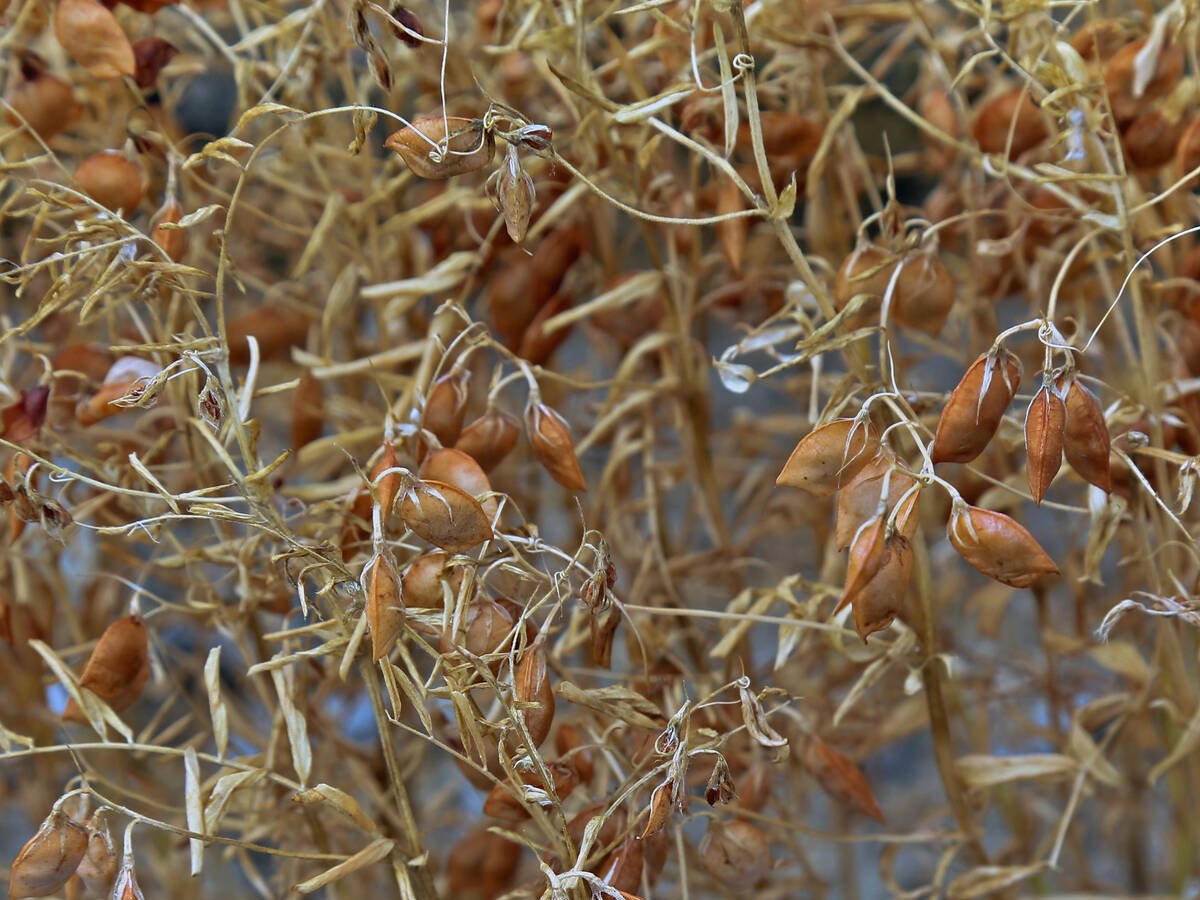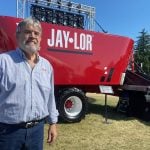The Cognitive Agro Pilot combine follows the crop edge within a four-inch tolerance and farms reduce labour
Folks who doubt the viability of autonomous field implements should take a good look at videos showing more than 350 combines of all brands helping harvest the 2020 Russian crop.
Last fall, a mix of more than 350 New Holland, John Deere, Claas and Russian-built combines were outfitted with Cognitive Agro Pilot autonomous driving systems. They combined about 400,000 acres, harvesting more than 720,000 tonnes of crop in the process.
The fleet harvested about 320,000 acres of wheat, soybeans, barley, oats, sorghum and buckwheat reaping 590,000 tonnes of grains and oilseeds. The balance was row crops.
Read Also

Traders forecast record lentil yields for Canada
lentil yields could be phenomenal and that is dragging down prices for both reds and greens.
Related stories:
Cognitive Agro Pilot is an artificial intelligence-based autonomous driving system for farm equipment developed jointly by two Moscow companies, Sberbank and Cognitive Pilot.
Olga Uskova leads Cognitive and says owners of the 350 combines were able to save an aggregate total of $6.5 million dollars due to the innovation. The saving come from fewer machine hours at harvest, equipment depreciation, fewer human errors causing fewer accidents and inefficiencies. There was a 15 percent reduction in direct crop losses and five percent reduction in fuel consumption when compared to regular operations. Owners of the 350 combines were some of Russia’s largest agricultural holdings.
“Cognitive Agro Pilot is an autonomous AI-based (artificial intelligence-based) driving system for farming equipment such as combines, tractors and sprayers. The system analyzes images from just one video camera. It employs a deep learning convolutional neural network fine-tuned for agronomic purposes,” says Uskova.
“That means we turn an object into a thinking and reasoning being. A combine harvester equipped with Cognitive Agro Pilot starts seeing and understanding its surroundings and making decisions about further actions. In essence, the computer understands the types and positions of objects in front of the machine. It builds movement trajectories and sends commands to perform manoeuvres.
“This is the world’s first system that ‘sees’ and ‘understands’ what’s lying ahead. This is an advantage over other systems that utilize a raft of tools for their control models. They need GPS navigation with RTK positioning. The edge capture when controlling a combine with Agro Pilot is stable at 10 centimetres, which lets you avoid unnecessary passes and fuel losses.
“Before this year, we didn’t believe this could be possible in Russia at all.”
Uskova says Agro Pilot equips combines with only one video camera to help keep prices low. It’s positioned on the cab, high on the left facing the header. A second camera is not expensive in itself, but it drives up the computational load. The 4 Tflops GPU accounts for a major share of the hardware costs. There are a handful of optional exotic setups that require eyes on both the left and right, but they are seldom used because of cost.
“In Soviet times, there were two operators in a combine crew, but now there is only one. This means choosing between safe driving and efficient harvesting. Since you can’t harvest grain without driving, driving becomes the top priority. Check our website to see how combines regularly harvest humans, run into tractors and cross paths with utility poles. Our setup avoids obstacles and stops when detecting a threat of collision with other equipment or people.”
Crop edge — Uskova says keeping the combine running right at the crop edge is the only way to increase its production. Swerving one way or the other off the edge leaves crop un-harvested or it means combining on ground already harvested. Either way, it lowers productivity.
If a combine operator works with an assistant in the cab, the driver concentrates on steering along the crop edge while the helper controls the reel, fan, threshing drum and the harvesting process in general. A third operator can unload the harvested grain on the go, into a truck driving alongside the combine. A fourth operator keeps an eye on obstacles.
“Even with two people, the challenges are monotonous. It requires constant vigilance, even with maximum focus. It’s like looking at the road ahead for 10 hours on end every day. Another factor is that combine operators in Russia often choose speed over efficiency because they are paid per ton of the crop in the tank. They are not paid to ensure the highest possible crop yield.
“Since Agro Pilot now controls the driving mode, our robot safeguards drivers from mistakes. Combine owners say they now can hire inexperienced operators. Traditionally a combine driver takes three harvest seasons to get the hang of the job, killing an average of 1.6 combines in the process.
“We found that after the first few days, drivers were fighting over who gets the Agro Pilot combines. They either trusted in our robot as an almighty intelligence akin to the Terminator or they decided to test it to death. At one of the enterprises, drivers decided to try harvesting at night. They were a little disappointed to see it underperform at night. These first units require retraining and different data processing algorithms to work at night.”
Uskova says representatives from some of the top 50 agricultural holdings in Russia have approached Agro Pilot with custom requests.
















